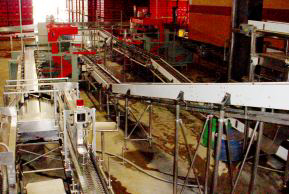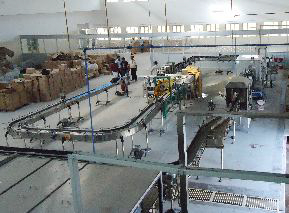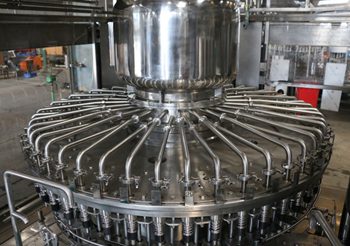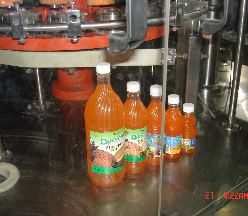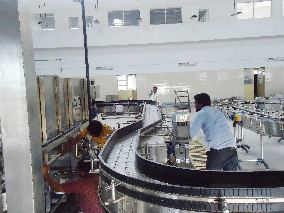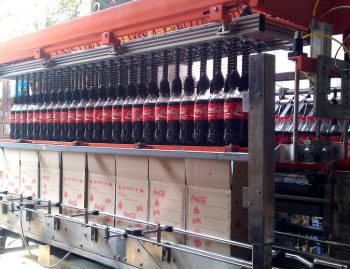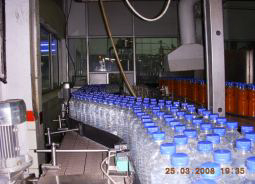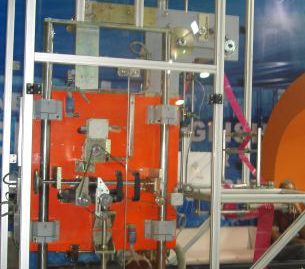
The mother of invention is need. The desire for a more convenient and user-friendly means to provide foul-tasting medicines and chemicals to the body that would otherwise be difficult to swallow drove the development of capsules as a drug delivery mechanism. Many people were failing to complete the treatment procedure because the taste and texture of the drug was just revolting and an agonizing experience. Patients were able to take medicine orally after the creation of the capsule, making treatment less intrusive than suppositories and needle injections. Capsules have become a popular option for the general population throughout time.
Machines for manually filling capsules
- As the pharmaceutical industry grew, capsules became more popular, and the demand for a faster technique to package capsules arose, leading to the development of manual capsule filling machines.
- The machine is ideally suited for small to medium batch production requirements, and it can produce a wide range of items. The manual capsule filler can fill and shut powder and granule-filled hard gelatin capsules.
- Capsule filling machines are an automatic device that has been advancing different industries for years, including medicines, cosmetics, and the food industry. Encapsulators or capsule fillers are employed to fill empty gelatin capsules with powders, granules, semi-solids, liquids, and other materials. APIs, or active pharmaceutical ingredients, or a combination of active pharmacological components and excipients, make up these ingredients. 4. Encapsulation is the term used to describe the process of filling empty capsules.
- As technology has advanced, a variety of filling machines have been developed to boost the rate of manufacturing. Manually operated encapsulators, semiautomated encapsulators, and automatic encapsulators are among the new encapsulators.
- Manually operated machines have a 200-300 hole bed, 200-300 hole loading tray, and 200-300 hole powder tray. A pin plate, a sealing plate with a rubber cap, and a lever are also crucial components of this machine. On average, a handle with a loading tray surrounded with 250 holes can produce roughly 6250 capsules each hour. For extempore preparations, small scale manufacturers and hospitals use this sort of encapsulator.
Key Characteristics of a Manual Capsule Filling Machine
- Depending on the machine design and model, a large number of capsules can be filled per hour.
- Depending on the client's manufacturing requirements, many versions are available.
- Capsule-handling equipment that can handle a wide range of capsules.
- Low downtime due to easy installation and user-friendly operation and parts replacement.
- Cleaning and maintenance are simple to assemble and disassemble.
- The equipment is completely washable in accordance with GMP guidelines.
- Better designs result in fewer final product rejections and a higher return on investment.
- Stainless steel and non-corrosive materials are used for contact parts to prevent contamination and make cleaning easier.
- Long-term durability and trouble-free operation
Table and partial filling attachments, as well as high-quality loading plates, can be provided to meet the individual needs of the business and specific formulations.
How does a manually operated machine fill capsules?
In the case of manually operated machines, the capsules' two halves are separated and inserted into the loading tray, which is then examined. The filling components are placed into the empty capsules, which are then sealed. The locking lever is pushed forward. If necessary, the machine can even compress his powder. After the capsules have been filled with the filling substance, they are moved on to the following stage, which involves sealing them. It has now been transferred to the locking stage. The component that handles the bodies is inserted all at once into the caps, sealing the capsules. The capsules are now stacked on a tray and ready to be packaged. The two most prevalent ways for filling the capsule are vacuum assisted and double sliding procedures.
